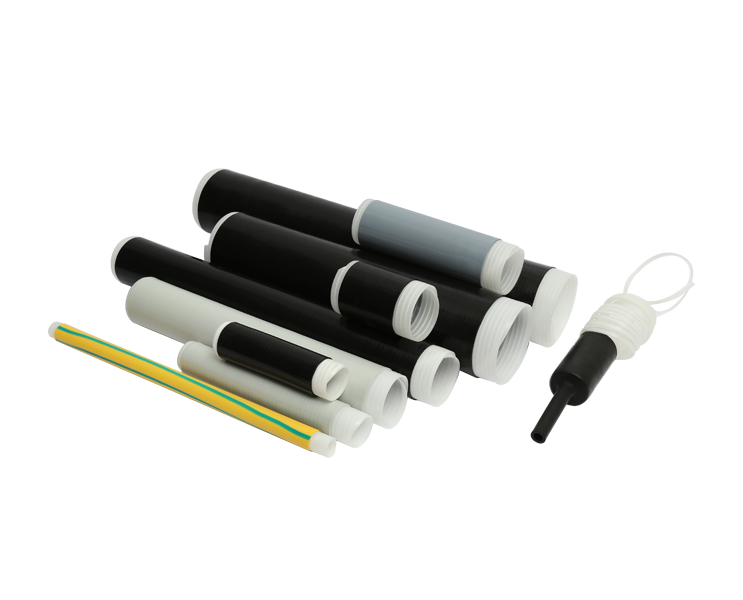In the realm of cable and wire management, pre-moulded terminations have become indispensable components for ensuring efficient and reliable electrical connections. These terminations are engineered to meet specific requirements based on their intended environments, with a clear distinction between indoor and outdoor applications.
Pre-Moulded Termination Indoor Applications:
Pre-moulded terminations designed for indoor applications are tailored to provide effective cable termination solutions within controlled environments. These environments include commercial buildings, data centers, factories, offices, and other indoor settings where exposure to external elements is limited. The key differentiating factors for indoor pre-moulded terminations are:
1. Environmental Considerations:
Indoor environments are characterized by stable temperature and humidity levels, reducing the risk of degradation due to weather exposure. As a result, indoor pre-moulded terminations typically focus more on insulation and electrical performance rather than extreme weather resistance.
2. Material Selection:
Materials chosen for indoor pre-moulded terminations prioritize factors such as electrical conductivity, fire resistance, and compatibility with other indoor installation components. This allows for efficient power transmission and safe operation within enclosed spaces.
3. Ease of Installation:
Installation ease is a significant consideration indoors, as terminations need to be seamlessly integrated into existing setups. Indoor pre-moulded terminations often feature designs that simplify installation, helping to reduce downtime during installation or maintenance.
4. Aesthetic Appeal:
Given the visibility of indoor installations, pre-moulded terminations are designed with aesthetics in mind. They are often more streamlined and visually pleasing, contributing to the overall tidiness of indoor spaces.
Pre-Moulded Termination Outdoor Applications:
The demands placed on pre-moulded terminations in outdoor applications are considerably different due to exposure to various weather conditions and environmental factors. Here are the key differentiators for outdoor pre-moulded terminations:
1. Weather Resistance:
Outdoor pre-moulded terminations must withstand a wide range of weather conditions, including rain, snow, UV radiation, and temperature fluctuations. As a result, materials used in their construction are chosen for their exceptional durability and resistance to degradation caused by prolonged exposure to the elements.
2. Sealing and Insulation:
Outdoor terminations require more robust sealing mechanisms to prevent moisture ingress, as water infiltration can lead to insulation breakdown and electrical faults. Enhanced insulation capabilities are vital to maintain optimal performance even in challenging weather conditions.
3. Mechanical Strength:
Outdoor terminations are exposed to mechanical stresses caused by wind, vibrations, and physical impact. Thus, they are engineered with increased mechanical strength to ensure they remain intact and functional under such circumstances.
4. UV Protection:
UV radiation from the sun can cause degradation of materials over time. Outdoor pre-moulded terminations are often equipped with UV-resistant coatings to extend their lifespan and maintain their performance in outdoor settings.
Importance of Selecting the Right Termination:
Choosing the appropriate type of pre-moulded termination for a specific application is crucial to ensuring reliability, safety, and longevity of the electrical connections. Mismatched terminations can lead to premature failures, downtime, and increased maintenance costs.
In the world of electrical installations, pre-moulded terminations play a pivotal role in ensuring seamless connectivity and reliable performance. The distinction between indoor and outdoor applications is critical, as each environment comes with its own set of challenges and requirements. While indoor terminations prioritize ease of installation and aesthetics, outdoor terminations focus on weather resistance, durability, and protection against environmental elements. By understanding these differences and selecting the right termination type for each scenario, professionals can create robust and effective electrical systems that withstand the test of time.

 English
English 简体中文
简体中文



